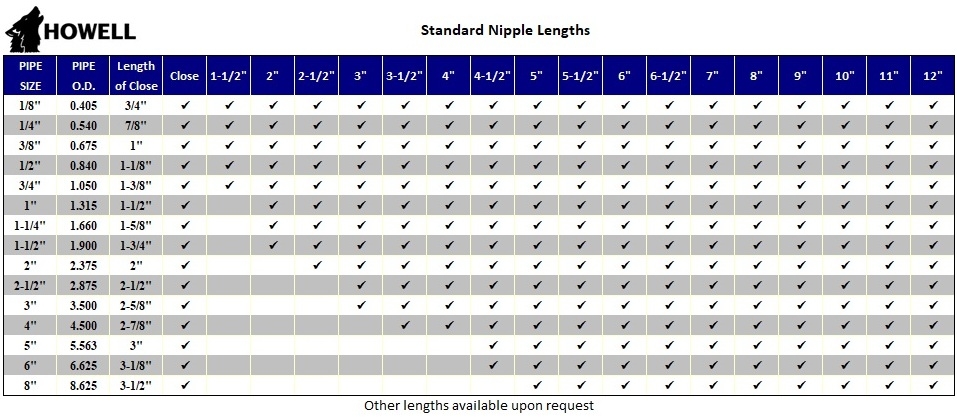
However, ERβ opposes the actions of ERα by modulating the expression of ERα-regulated genes and reducing migration of cancer cells. ERα mediates unregulated cell proliferation in breast cancer cells. Both ER subtypes exist in several isoforms that are derived from alternative splicing and promoter usage. These two ER nuclear receptors have high homology in the DNA- and ligand-binding domains, but they have a distinct transcriptional activating function-1 (AF-1) domain. Two distinct estrogen receptors, ERα and ERβ, mediate estrogen signaling and regulate transcription by driving growth, proliferation, differentiation, and many other cellular processes. Dysregulated estrogen receptor signaling is tightly associated with breast tumor initiation and invasion. Estrogen receptors (ERs) are ligand-dependent transcription factors that regulate genes that are involved in cell proliferation, differentiation, apoptosis, and cell migration. Thus far, estrogen receptor signaling is the most attractive target for clinical therapy of ER-positive breast cancer. Estrogen signaling is a key regulator of postnatal development of mam-mary gland, breast carcinogenesis, and progression when estrogen signaling pathways become dysregulated.

The levels of estrogen in blood and tissue are associated with breast cancer carcinogenesis. A woman's risk for breast cancer is linked to her reproductive history and her lifetime hormonal exposure. In this review article, we will summarize current insights into the regulation of estrogen signaling as related to breast carcinogenesis and breast cancer therapy.īreast cancer, a genetically and clinically heterogeneous disease that originates from the mammary epithelial cells, remains the leading cause of cancer deaths among females worldwide with about one in eight women (12 %) developing breast cancer in her lifetime.

A thorough analysis of estrogen-signaling regulation is critical.

Alternative strategies that target novel molecular mechanisms are necessary to overcome this current and urgent gap in therapy. The complexity of regulation for estrogen signaling coupled with the crosstalk of other oncogenic signaling pathways is a reason for endocrine therapy resistance.
Although approximately 75 % of breast cancer patients are classified as luminal type (ER +), which predicts for response to endocrine-based therapy however, innate or acquired resistance to endocrine-based drugs remains a serious challenge. Targeting the ER signaling pathway has been a focal point in the development of breast cancer therapy. Compromised signaling vis-à-vis the estrogen receptor is believed to be a major contributing factor in the malignancy of breast cells. Estrogen and estrogen receptors (ERs) are critical regulators of breast epithelial cell proliferation, differentiation, and apoptosis.


 0 kommentar(er)
0 kommentar(er)
